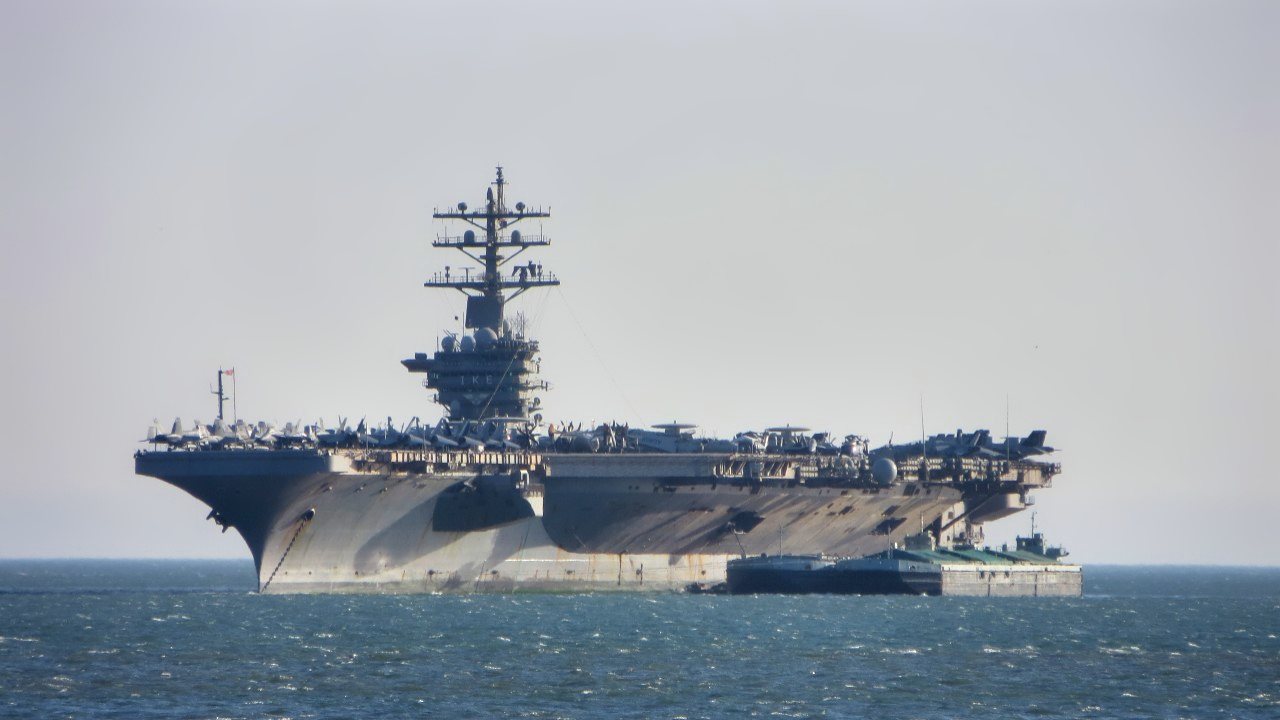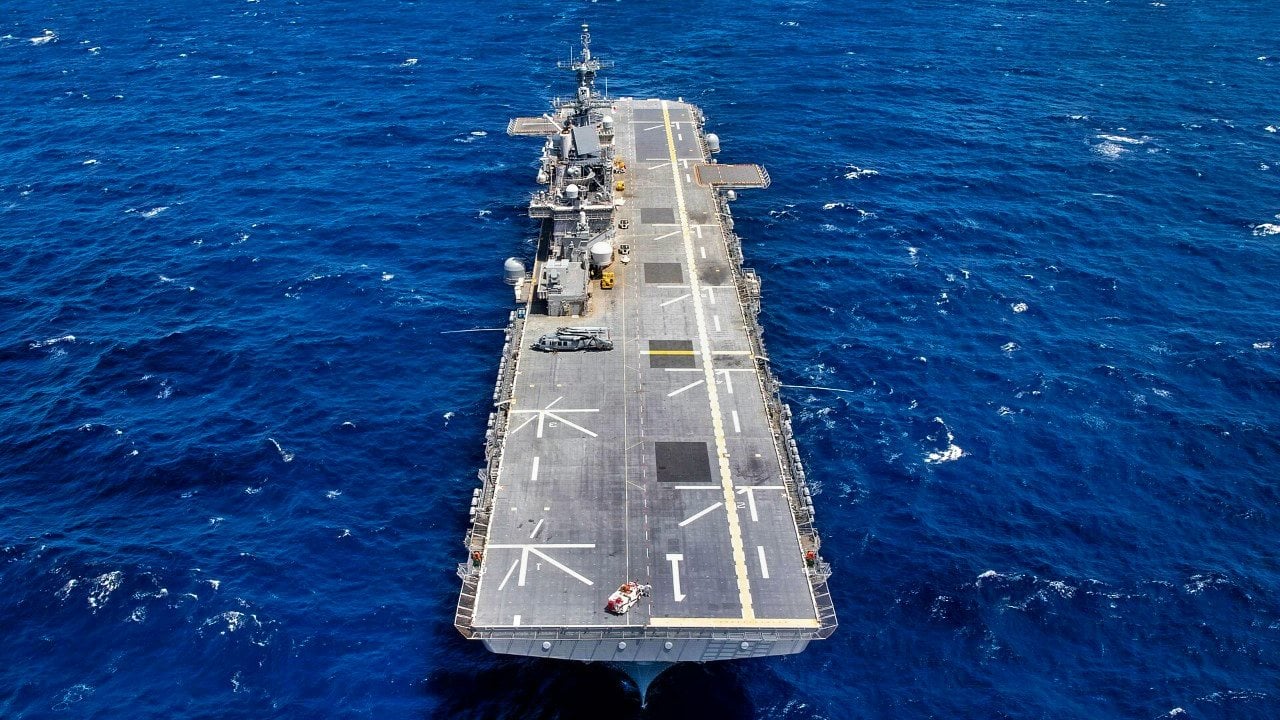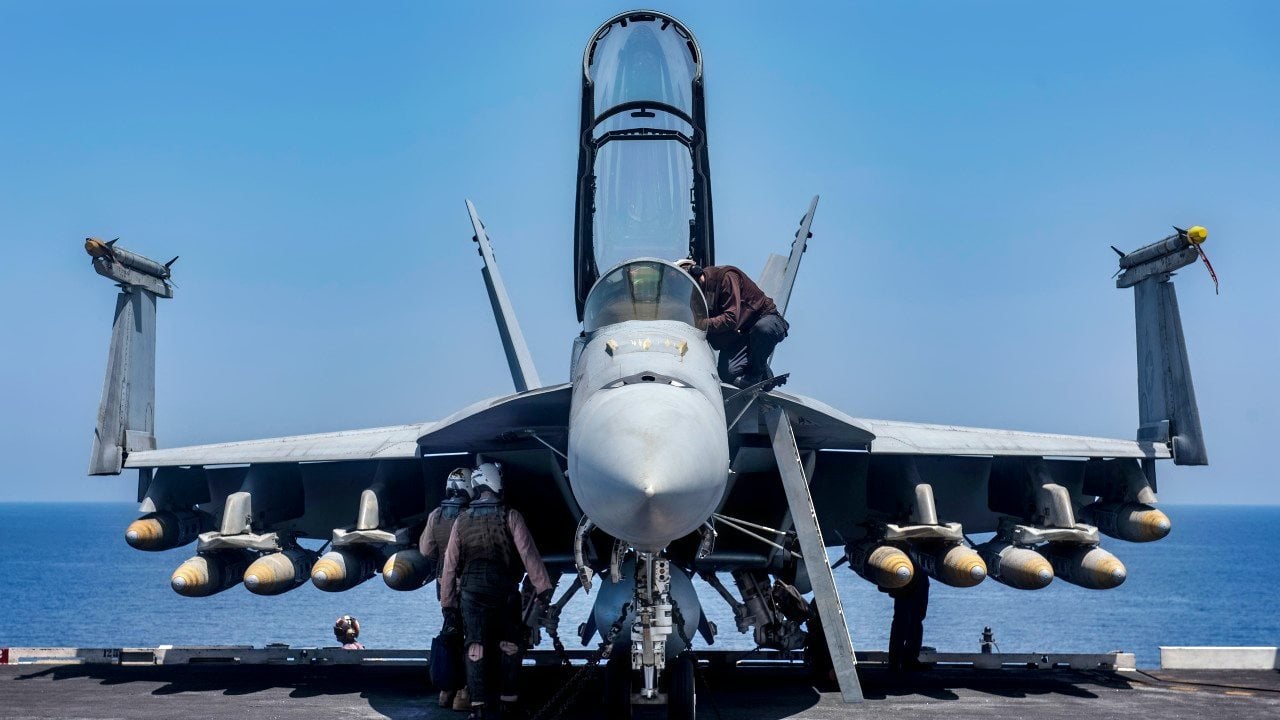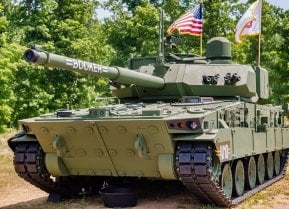The U.S. Navy's Aircraft Carrier Fleet Is Dangerously Stretched Thin
One of the main questions in the national security community is whether the Navy has enough aircraft carriers to deter adversaries and prevail in a potential conflict.
Aircraft carriers are the crown jewel of every navy that can have them. Expensive but powerful, aircraft carriers can change the course of not just a battle but of a whole conflict. The U.S. Navy possesses the largest and most capable aircraft carrier fleet in the world.

However, as the potential of near-peer warfare with China or Russia is back on the menu, there are concerns about whether the Navy’s aircraft carrier fleet is sufficient.
One of the main questions in the national security community is whether the Navy has enough flattops to deter adversaries and prevail in a potential conflict.
The U.S. Aircraft Carrier Fleet
Before we delve into the question of whether the Navy has a sufficient number of aircraft carriers, we first need to examine the current fleet.
Today, the U.S. Navy operates 11 nuclear-powered aircraft carriers, ten of which are from the Nimitz-class and one from the Ford-class.
In the Nimitz-class, the Navy has the USS Nimitz (CVN-68), USS Dwight D. Eisenhower (CVN-69), USS Carl Vinson (CVN-70), USS Theodore Roosevelt (CVN-71), USS Abraham Lincoln (CVN-72), USS George Washington (CVN-73), USS John C. Stennis (CVN-74), USS Harry S. Truman (CVN-75), USS Ronald Reagan (CVN-76), and USS George H. W. Bush (CVN-77).
The USS Gerald R. Ford, the first and sole Ford-class ship, is the latest and most modern aircraft carrier in the world. As of 2024, the Navy plans to build a total of 10 Ford-class supercarriers.
An important point to highlight is that nuclear-powered means that aircraft carriers rely on nuclear energy to operate. Although there is a nuclear reactor on board the Navy’s 11 supercarriers, the warships don’t carry any nuclear weapons.
To be sure, out of America’s fleet of 11 supercarriers only about half of them are on operational deployments at any given time. In essence, the Navy has five or six supercarriers around the world on months-long deployments while the rest are at home, undergoing maintenance, refit, and training.
The Secret Aircraft Carrier Fleet
But the Navy can rely on a “secret” fleet of aircraft carriers in the event of an emergency. This “secret” fleet consists of amphibious assault ships that can act as light aircraft carriers, each carrying a small number of F-35B Lighting II stealth fighter jets.
The “B” version of the F-35 aircraft has Short Take-off, Vertical Landing (STOVL) capabilities, meaning that it can take off and land as a helicopter but operate as a normal fighter jet while in flight. This special capability allows the F-35B to operate from amphibious assault ships, as well as from aircraft carriers.
Although small compared to the Nimitz- and Ford-class supercarriers, these amphibious assault ships are the same size as many aircraft carriers from other countries. Normally, these amphibious assault ships are used by the Marine Corps as floating bases to attack from with helicopters or landing craft.
But, if necessary, they could be turned into solely light aircraft carriers and bring an important capability on the battlefield. The Navy has used the light carrier project in the past, so it would be able to quickly adjust if it needed to enlarge the fleet.
The Navy has nine amphibious assault ships in service (seven Wasp-class and two America-class). Several more are currently under construction.

The Challenge
The biggest challenge for the Navy’s aircraft carrier fleet is demand. With a fixed supply of vessels (11 large flattops) but an ever-increasing demand for them due to geopolitical challenges. Tensions with China in the Indo-Pacific, the war in Ukraine, and the conflict in Gaza are just some of the ongoing challenges that require the presence of one or more aircraft carriers.
To begin with, why are aircraft carriers in such a high demand? The answer is simple, but dual-faceted. First, aircraft carriers are in high demand because of the capabilities they bring to the table for the tactical and operational commander. On a bigger picture level, aircraft carriers are arguably the best force-projection military tool out there, and their strategic usefulness is invaluable to policymakers.
For example, following the Hamas terrorist attacks against Israel in October, the Pentagon moved the USS Gerald R. Ford and its battle group to the Eastern Mediterranean in a show of support to Israel and a show of force against Hamas, Iran, and any other malicious actors in the region. Similarly, in February, the Navy indicated that it would deploy five aircraft carriers in the Indo-Pacific, even for a brief while, as a show of force against China and a morale booster to U.S. allies and partners in the region.
Congress has long recognized the military and foreign policy value of the aircraft carrier and has enacted a law that requires the Navy to keep a fleet of 11 supercarriers at all times. However, this number has fluctuated from 10 to 12 over the years, with Congress passing special legislation to allow the Navy to have more or fewer ships for a specific duration.

If need be, the Navy would likely be able to deploy the majority of its aircraft carrier fleet to meet the threat. Moreover, the U.S. military relies on a large and credible network of alliances and partnerships. As such, in a potential near-peer conflict with China or Russia—or indeed both at the same time—the Navy’s aircraft carrier fleet would be complemented by allied warships. Although not as capable and large as the Navy’s supercarriers, these allied carriers (nine in total) would be an important addition to the Navy and help it meet its objectives.
As American lawmakers know very well, aircraft carriers don’t come cheap (the latest carrier USS Gerald R. Ford cost $13 billion).They are also more vulnerable to emerging technologies like hypersonic missiles and submarines. Taking the cost, current fleet size, and likely ally contribution into consideration, the Navy has the aircraft carriers it needs to meet current and future challenges.
At the end of the day, more doesn’t necessarily mean better.
About the Author
Stavros Atlamazoglou is a seasoned defense and national security journalist specializing in special operations. A Hellenic Army veteran (national service with the 575th Marine Battalion and Army HQ), he holds a BA from the Johns Hopkins University, an MA from the Johns Hopkins’ School of Advanced International Studies (SAIS), and is pursuing a J.D. at Boston College Law School. His work has been featured in Business Insider, Sandboxx, and SOFREP.


